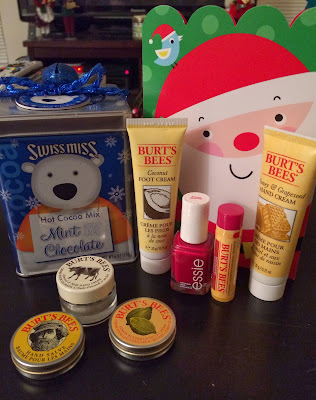What can be done for rotator cuff tears without surgery?
Individuals with rotator cuff tears can do well without surgery.
With the exception of an acute traumatic cuff tear that results in an abrupt loss of strength, there is usually an opportunity for non-operative management. This is particularly the case for partial thickness tears on one hand and larger atraumatic tears on the other.
Interestingly and importantly a high percentage of cuff tears are asymptomatic and need no treatment.
We recall that rotator cuff tears may be associated with symptoms of stiffness, weakness, crepitance and instability. We also know that rotator cuff repair requires prolonged protection of the repair so that the individual often cannot return to work or even activities of daily living for months after repair surgery. Therefore, we offer those individuals with non-acute cuff tears a trial of non-operative management emphasizing gentle stretching exercises - especially those directed at achieving a full range of passive motion (see here, especially exercises E,F, and G). It is always of interest to us that individuals with cuff pathology often lack internal rotation with the arm in abduction and that the 'sleeper stretch' (G) can go a long way to resolving this tightness and the associated shoulder pain. These exercises often help resolve the crepitance as well.
Again, shoulder stiffness is often overlooked. Shoulder stiffness can be diagnosed as shown here.
Some keys to successful stretching are shown here.
Once a full range of passive motion is achieved, gentle strengthening exercises can be initiated (H, I and J as shown here).
We avoid rubber tubing or other exercises that emphasize rotational strength in that these load the weakened cuff tendons.
We also avoid injections of steroids because of the weakening effect they have on the tendons.
Here is a post on the effectiveness of non-operative management of rotator cuff tears.
And here is another report on non-operative management of cuff tears.
And another article about improvement for cuff tears without surgery.
And yet another showing the effectiveness of non-operative management.
And here's a comparison of operative and non-operative treatment.
See more of the Rotator Cuff Book here.
With the exception of an acute traumatic cuff tear that results in an abrupt loss of strength, there is usually an opportunity for non-operative management. This is particularly the case for partial thickness tears on one hand and larger atraumatic tears on the other.
Interestingly and importantly a high percentage of cuff tears are asymptomatic and need no treatment.
We recall that rotator cuff tears may be associated with symptoms of stiffness, weakness, crepitance and instability. We also know that rotator cuff repair requires prolonged protection of the repair so that the individual often cannot return to work or even activities of daily living for months after repair surgery. Therefore, we offer those individuals with non-acute cuff tears a trial of non-operative management emphasizing gentle stretching exercises - especially those directed at achieving a full range of passive motion (see here, especially exercises E,F, and G). It is always of interest to us that individuals with cuff pathology often lack internal rotation with the arm in abduction and that the 'sleeper stretch' (G) can go a long way to resolving this tightness and the associated shoulder pain. These exercises often help resolve the crepitance as well.
Again, shoulder stiffness is often overlooked. Shoulder stiffness can be diagnosed as shown here.
Some keys to successful stretching are shown here.
Once a full range of passive motion is achieved, gentle strengthening exercises can be initiated (H, I and J as shown here).
We avoid rubber tubing or other exercises that emphasize rotational strength in that these load the weakened cuff tendons.
We also avoid injections of steroids because of the weakening effect they have on the tendons.
Here is a post on the effectiveness of non-operative management of rotator cuff tears.
And here is another report on non-operative management of cuff tears.
And another article about improvement for cuff tears without surgery.
And yet another showing the effectiveness of non-operative management.
And here's a comparison of operative and non-operative treatment.
See more of the Rotator Cuff Book here.
===
**Check out the new Shoulder Arthritis Book - click here.**
To see the topics covered in this Blog, click here
Use the "Search" box to the right to find other topics of interest to you.
You may be interested in some of our most visited web pages including:shoulder arthritis, total shoulder, ream and run, reverse total shoulder, CTA arthroplasty, and rotator cuff surgery as well as the 'ream and run essentials'
You may be interested in some of our most visited web pages including:shoulder arthritis, total shoulder, ream and run, reverse total shoulder, CTA arthroplasty, and rotator cuff surgery as well as the 'ream and run essentials'


Comments
Post a Comment